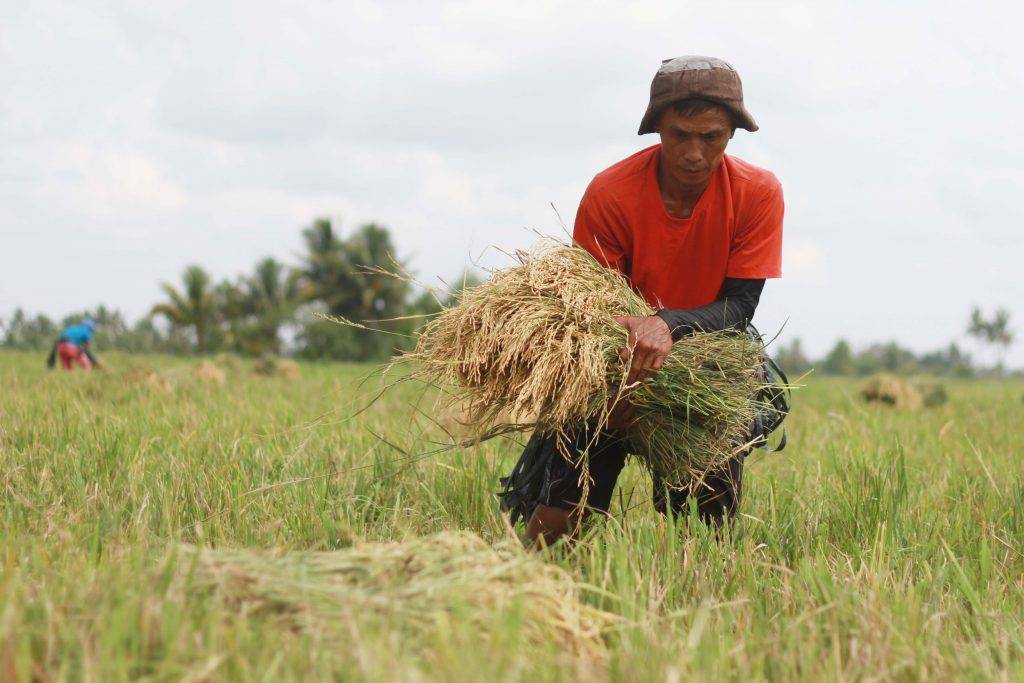Top importer Philippines projected to buy less rice abroad as domestic production surges

The Philippines is expected to see a decline in rice imports in the upcoming marketing year due to a projected increase in rice production, according to the United States Department of Agriculture (USDA).
In a report dated March 28, the USDA’s Foreign Agricultural Service (FAS) in Manila estimates rice imports to decline by 1.9 percent from 5.3 million metric tons (MT) to 5.2 million MT within the period starting July and ending in June next year.
This is driven by higher stock carryover from the previous marketing year, the recent imposition of the maximum suggested retail price (MSRP) on imported rice, and the forecast increase in local production.
But even with the USDA's lowered rice import forecast, the Philippines is poised to remain the world’s biggest rice importer for three consecutive marketing years, since the 2022 to 2023 marketing year, during which the country purchased 3.9 million MT of the Filipino staple food abroad, dislodging China from the top position.
The foreign agency projected that milled rice production will be at 12.25 million MT, a 2.1-percent jump from the estimated 12 million MT for marketing year 2024 to 2025.
It pointed to “favorable weather conditions and an increase in government funding for the rice industry” as the basis for this estimated boost in production.
In terms of weather conditions, FAS Manila said the amount of rainfall from January to March this year has resulted in increased collection for dams, ensuring that there is a stable supply for the irrigation needs of rice fields.
This is particularly vital for Central Luzon, the country’s top rice producer, which dealt with a dry spell last year.
The report added that government support is steadily growing for the rice industry, as attributed to the enactment of the amended Rice Tariffication Law, which tripled the Rice Competitiveness Enhancement Fund (RCEF) from ₱10 billion to ₱30 billion until 2031.
Under the law, ₱6 billion will be allocated to providing high-quality rice seeds, ₱9 billion for farm mechanization, and ₱15 billion for extension and training programs, rice farmers’ financial assistance, credit, soil improvement, solar-powered irrigation systems, and water impounding projects.
FAS Manila said these government support programs will boost domestic rice production and encourage local farmers to continue cultivating rice, contributing to the forecast increase in milled rice output.
On the onset of higher rice production, the report noted that Vietnam and Thailand will remain key suppliers of rice to the Philippines in the coming marketing year.
The established trade relationships, competitive prices, and the geographical proximity to the country were cited as the factors behind this.
Meanwhile, FAS Manila is estimating a 7.4-percent increase in corn imports in the next marketing year, from 1.63 million MT to 1.75 million MT.
A stronger need to fill the supply gap necessitates this import surge as demand for food and feed corn continues to outpace local production.
Local corn production is seen to increase slightly from 8.15 million MT to 8.2 million MT.
Wheat imports, on the other hand, are expected to maintain its forecast of 7.2 million MT from the previous marketing year as demand for imported feed wheat remains flat due to an increase in the price competitiveness of feed corn.
“The Philippines is not conducive to producing wheat and relies exclusively on imports to meet its wheat requirements,” the report noted.